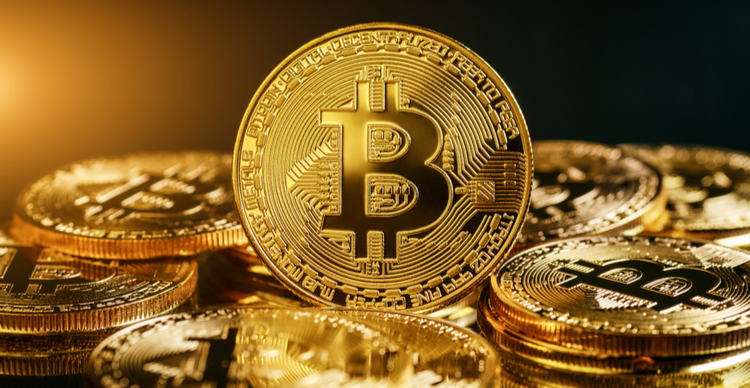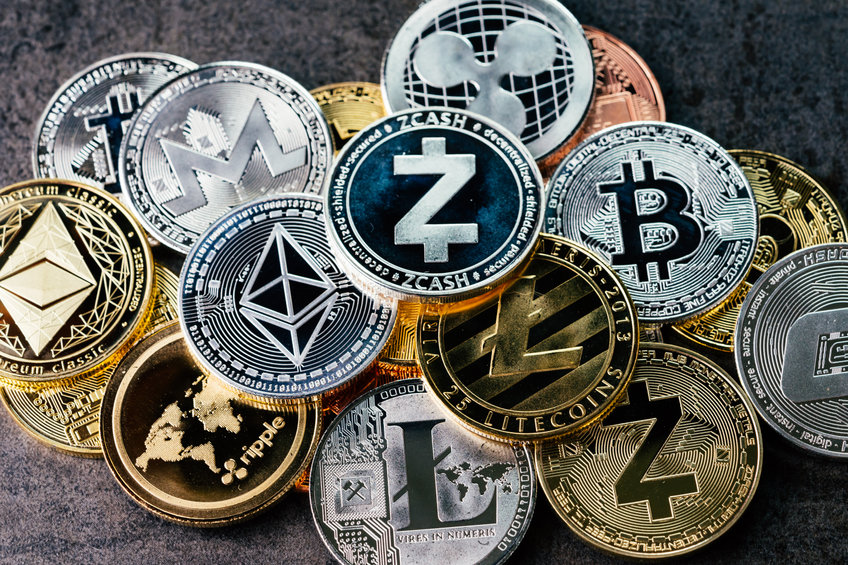
-
The massive BTC adoption helped it to correlate with the global financial market.
-
BTC had a stable year with a 138% price change from yearly highest and lowest points.
-
Several technical indicators project that this flagship coin’s price may exceed $100k soon.
Bitcoin (BTC/USD) is the king of cryptocurrencies that made a new all-time high at the $69,000.00 level on 10 November 2021. Later on, the price showed a corrective momentum where the current price stands at $50,775.26.
Bitcoin became a less volatile asset than before
Bitcoin passed a less volatile year where investors had a lot of opportunities to open or exit their positions throughout the year. In the last 52 weeks, the price rose more than 70% and had a stable position after breaching 2017’s all-time high of $20,000.
The reason behind the price stability in Bitcoin is El Salvators’ acceptance as a payment method besides Elon Musk’s positive sentiment. Moreover, the Bitcoin ETFs grabbed institutional investors’ attention, increasing the price volatility after a 25% loss after El Salvator’s acceptance.
Should you buy Bitcoin (BTC)?
Besides making multiple swing highs, Bitcoin bulls had a strong position above the $30,000 level. However, after reaching the all-time high level, the price crashed lower with a 37% loss and formed an exhaustion candle in the daily chart. Still, the year gain to date is above 80%, where the current price moved above the dynamic 20 EMA on the daily chart.
 Source – TradingView
Source – TradingView
The price held its momentum for multiple days above the dynamic 20 EMA while the MACD Histogram turned bullish. In this context, we expect the price to move higher where the primary target would be the $53,628.80 level. Conversely, a decisive break below the $59,500 intraday event-level would lower the price towards the $45,419.00 area.
The post Is Bitcoin (BTC) a buy after its stable position in 2021? appeared first on Coin Journal.





